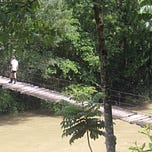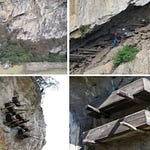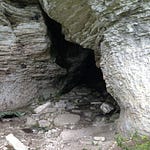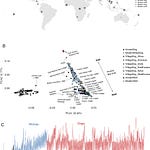A Landscape That Should Have Thrived
For decades, the story of the Classic Maya decline has been told with a climate plotline at its center. Monumental cities withered, dynasties crumbled, and populations thinned just as severe drought gripped parts of the Maya lowlands. The timing aligned so neatly that the drought hypothesis became a kind of shorthand for collapse.
Yet on the forested edges of the southwestern lowlands, at a lake called Laguna Itzan, a different picture emerges. Sediment cores pulled from its basin do not tell a story of vanishing rainfall. Instead, they preserve a steady record of moisture during the very centuries when nearby cities faltered.
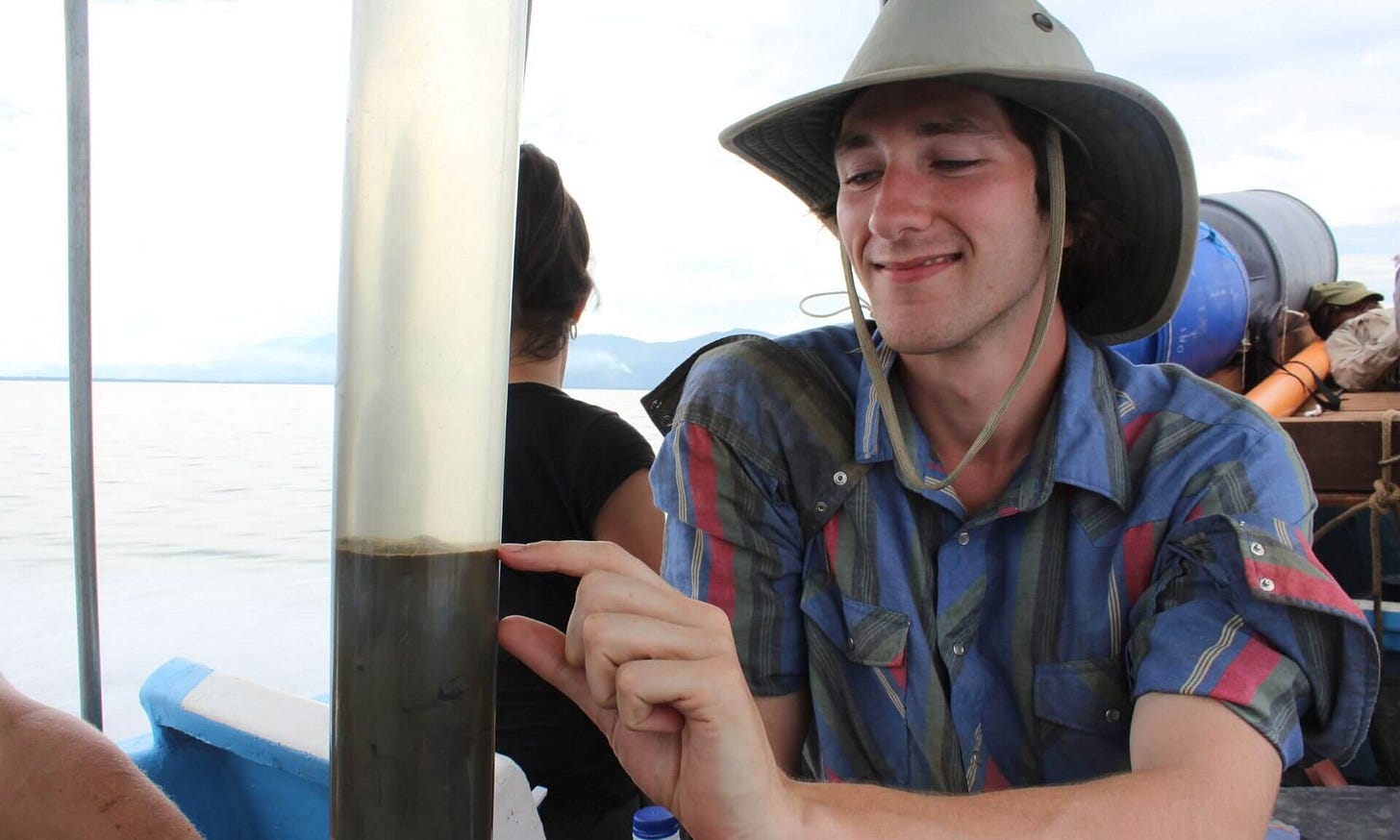
This puzzle sits at the heart of a new study in Biogeosciences,1 offering an unsettling reminder that environments and societies rarely fit our simplest narratives.
“Environmental stability does not equate to social security,” says Dr. Liora Kent, an environmental archaeologist at the University of Arizona. “A society can be thriving ecologically but still collapse through its ties to wider regional networks.”
Listen to this episode with a 7-day free trial
Subscribe to Anthropology.net to listen to this post and get 7 days of free access to the full post archives.

